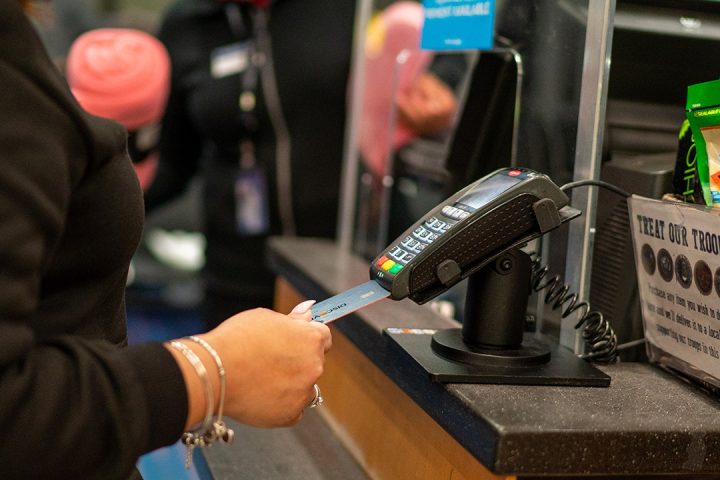U.S. consumers may be growing a bit more uneasy about their debts.
That’s according to a report released Tuesday by the Federal Reserve Bank of New York, which looked at Americans’ recent spending habits and how much they plan to spend in the near future.
The survey asks individuals how they would allocate an unexpected 10% increase in their income.
An average 38% of households said they would use that surprise pay bump to pay down debt, rather than spending or saving the funds.
That’s a jump of nearly a 5 percentage points from last year and the highest share of respondents who said they would set the money aside for debt payments since 2016.
Only 16% said they would spend or donate that money — the lowest percentage since the Fed started tracking the data nine years ago.
U.S. consumers have been racking up big debt balances over the past year, with consumer credit-card debt levels hitting record highs in recent months. Widespread use of buy-now-pay-later services during the holidays added to worries that so-called phantom debt may be weighing on Americans’ wallets without being documented on their credit reports.
Total consumer credit, a measure of how much money people have borrowed, topped $5 trillion for the first time in November, a trend that Sheila Bair, former chair of the Federal Deposit Insurance Corp., called “not good.”
What else the data showed
The New York Fed report showed that household spending continued to moderate at the end of 2023.
“The survey shows a continuation of the recent declining trend in monthly household spending growth,” the report said, “even though spending growth remains well above pre-pandemic levels.”
Expectations of growth in household spending for the year ahead reached the lowest level since December 2020, the report showed.
Survey respondents said they were less likely to make a large purchase such as a home appliance, furniture or home repairs over the next four months. However, consumers indicated they were more likely to purchase a home in the next four months than they were in August.
Read the full article here






